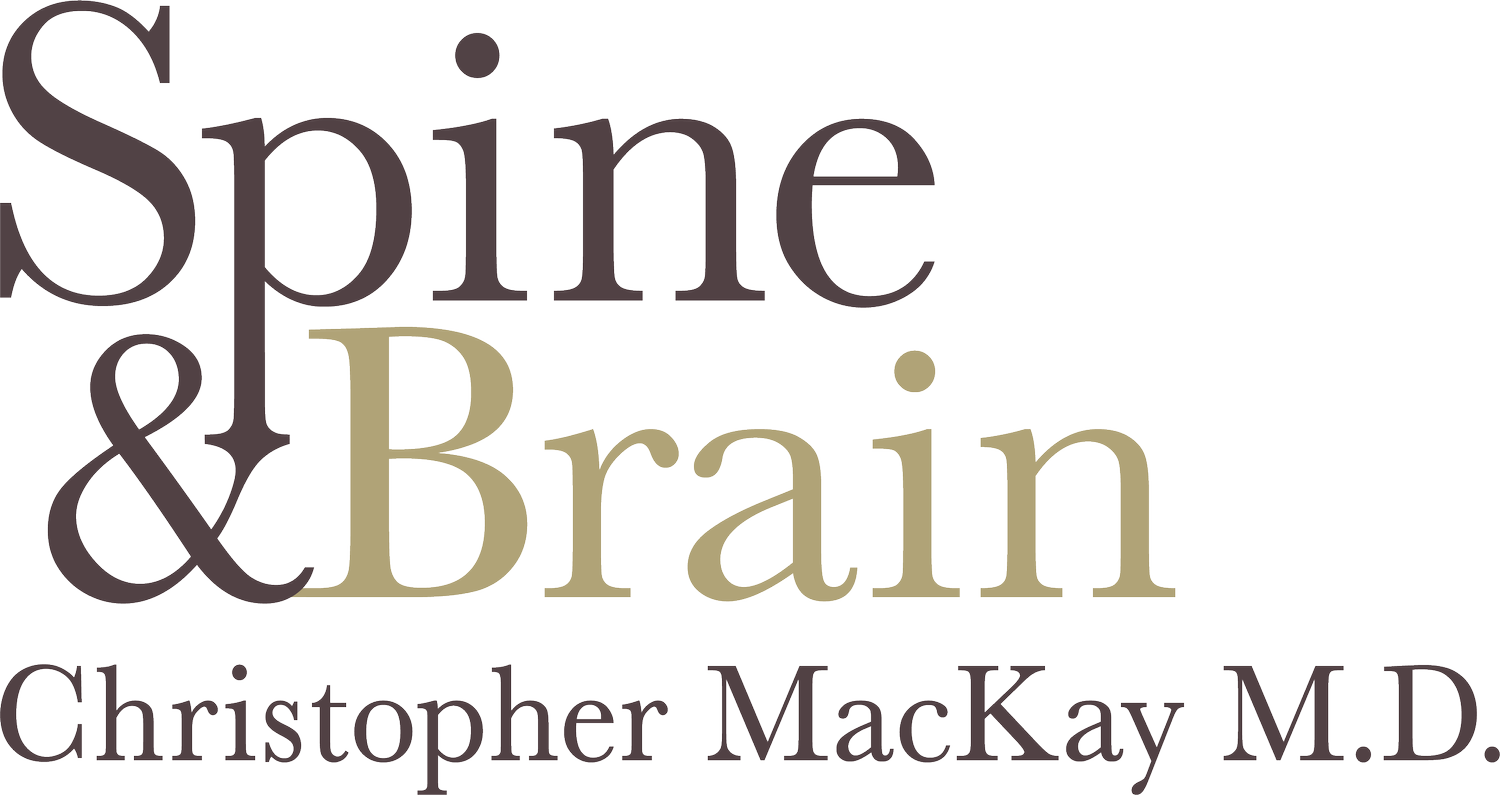Herniated Discs: Causes, Symptoms, And Treatments
A herniated disc is a common condition that can occur at any age but is most prevalent between the ages of 30 and 50. It involves the rupture or bulging of the disc material between the vertebrae, which can compress nearby nerves. This blog aims to thoroughly understand herniated discs, including their causes, symptoms, and the range of treatments available.
Causes of Herniated Discs
Herniated discs are often the result of gradual, aging-related wear and tear called disc degeneration. As you age, your spinal discs lose some of their water content, making them less flexible and more susceptible to tearing or rupturing with a minor strain or sudden movement. Other factors include:
Physical exertion: Heavy lifting, pulling, bending, or twisting movements, especially when done repetitively or with improper form, can lead to spinal injuries.
Obesity: Excessive body weight puts additional stress on the discs in your lower back.
Genetics: Some people inherit a predisposition to developing a herniated disc.
Smoking: It can reduce oxygen supply to the disc, causing more rapid degeneration.
Symptoms to Watch For
The severity and location of a herniated disc can vary widely, affecting different parts of the body based on the nerve impacted:
Pain: It is often described as sharp or burning, typically on one side of the body. It might worsen with movements like bending, twisting, or at night.
Numbness or tingling: Patients frequently report these sensations in the body part served by the affected nerves.
Weakness: Muscles served by the affected nerves might weaken, impairing your ability to lift or hold items.
Diagnostic Processes
Accurate diagnosis typically involves a combination of clinical evaluation and imaging studies:
Physical examination: Your doctor will assess pain sensitivity, muscle strength, reflexes, walking ability, and sensation.
MRI or CT scans: These imaging tests are the most effective at identifying detailed images of the body's soft tissues, including the condition of spinal discs and nerves.
Treatment Options
The treatment regimen depends significantly on the pain intensity and symptom duration:
Conservative treatments: Most patients respond well to medications, physical therapy, and lifestyle adjustments.
Medications: NSAIDs, oral steroids, or muscle relaxants may be prescribed to manage pain and inflammation.
Physical Therapy: Tailored exercises to minimize pain and strengthen the back muscles.
Surgical Options: If conservative treatments fail and the pain is severe, surgical options such as a microdiscectomy or laminectomy might be considered.
Prevention Tips
Preventive measures can significantly reduce the risk of developing a herniated disc:
Exercise regularly: Core-strengthening exercises support the lower back.
Maintain proper posture: Good posture reduces the pressure on your spine and discs.
Lift correctly: Always lift from the knees, not the back, and avoid twisting.
Meet Our Specialist
Understanding the fundamentals of herniated discs is vital for effective management and treatment. If you're experiencing symptoms or have concerns about herniated discs, seeking professional advice promptly is crucial. For specialized care, consider consulting with Dr. Christopher MacKay, a seasoned neurosurgical spine specialist. With two decades of experience treating spine conditions in Wisconsin, Dr. MacKay offers a comprehensive approach to managing spinal disorders, aiming to reduce the "fragmentation" of spine care. Connect with Dr. MacKay to explore treatment options tailored to your needs.
Medical References
Mayo Clinic. (n.d.). Herniated disc overview. Retrieved from https://www.mayoclinic.org/diseases-conditions/herniated-disk/symptoms-causes/syc-20354095
Cleveland Clinic. (n.d.). Herniated disc. Retrieved from https://my.clevelandclinic.org/health/diseases/12768-herniated-disk
WebMD. (n.d.). Herniated disk: What it is and what you can do. Retrieved from https://www.webmd.com/back-pain/guide/herniated-disk-what-it-is-and-what-you-can-do
